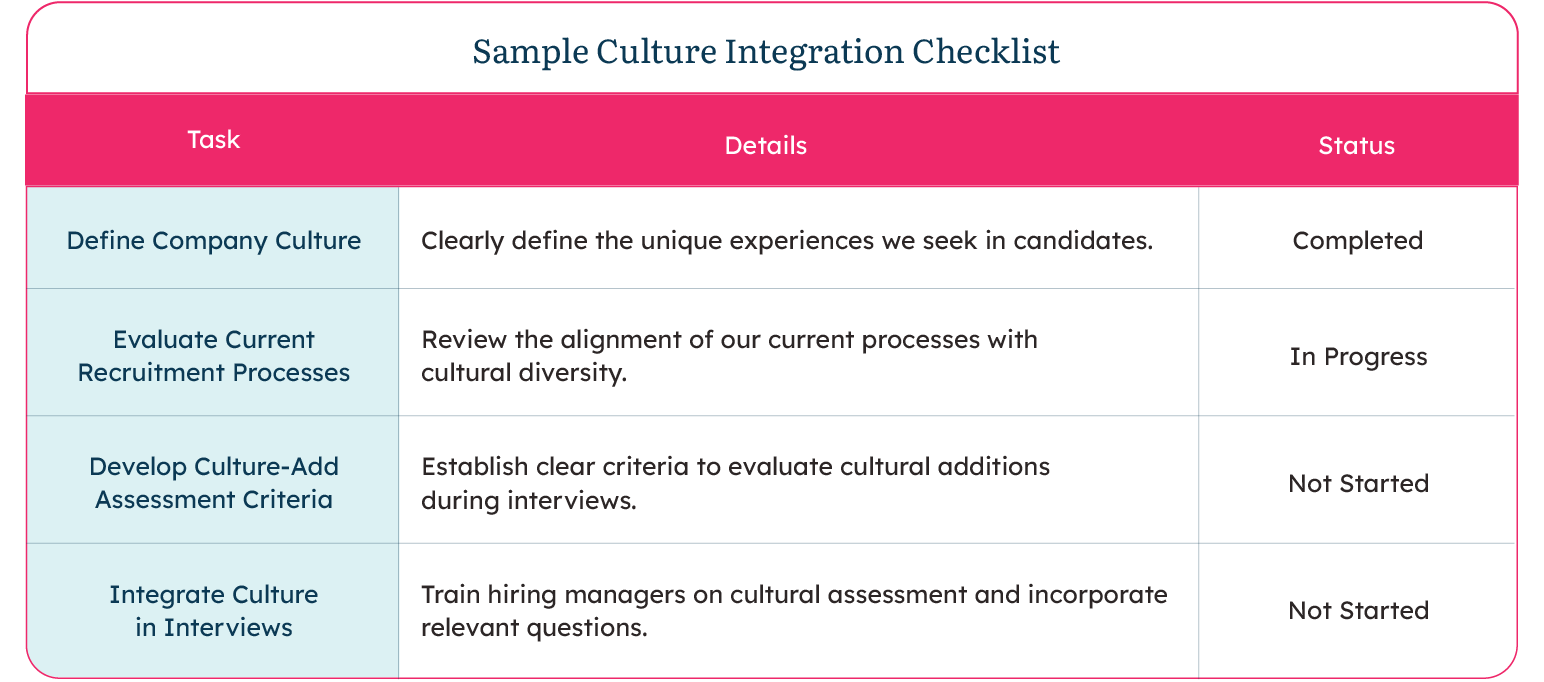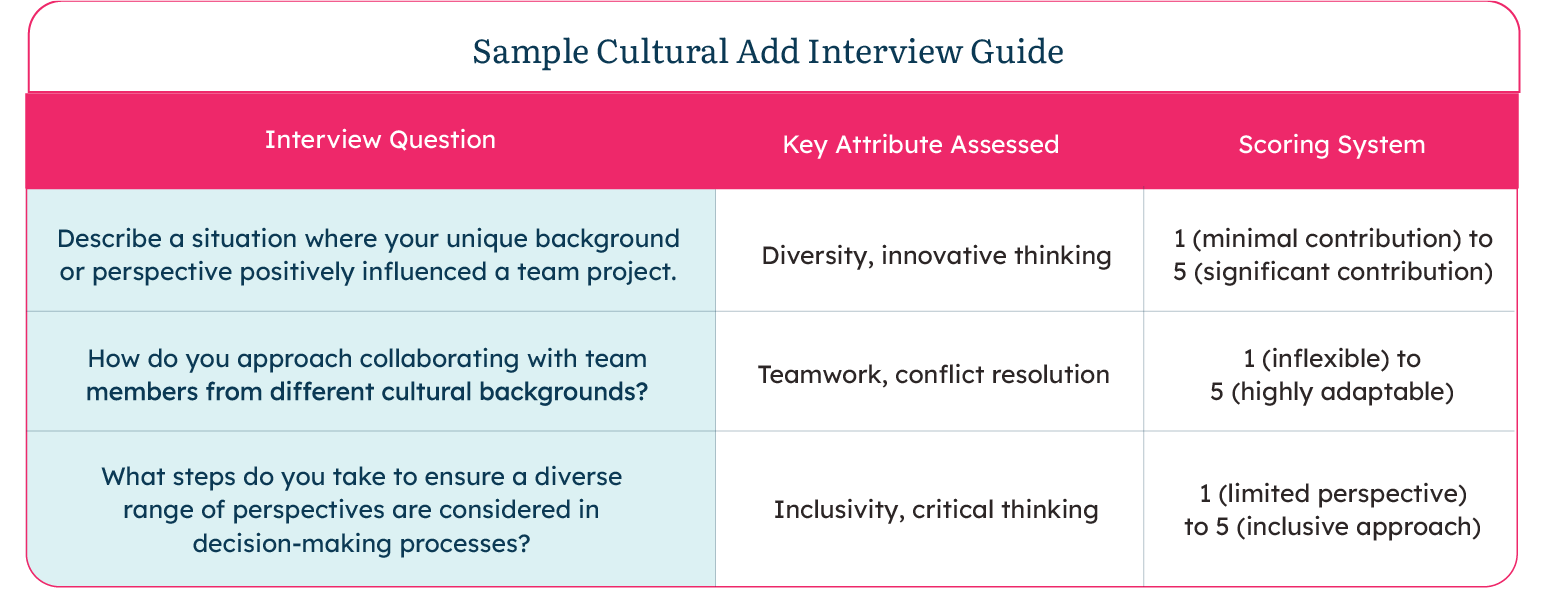In the fast-paced world of recruitment, relying on gut feelings and intuition is no longer enough. Data-driven recruitment is the new norm, where leveraging analytics can significantly improve hiring outcomes. Whether you’re just dipping your toes into recruitment metrics or looking to revamp your strategies, let’s take a closer look at how you can utilize recruitment analytics to boost your hiring strategy and transform your recruitment process.
Key Recruitment Metrics to Track
Understanding which metrics to track is crucial for optimizing your recruitment process. Here are three important metrics to get you started:
Choose Three Key Metrics
Start by identifying three key metrics that will truly reflect your recruitment performance.
Time-to-fill measures the duration from posting a job opening to filling the position. A shorter time-to-fill can indicate an efficient hiring process, but be wary of rushing and potentially compromising candidate quality.
- Tip: Analyze time-to-fill across different roles to identify bottlenecks and inefficiencies.
- Key Metric: Compare time-to-fill rates against industry benchmarks and set internal targets for continuous improvement.
Cost-per-hire includes all expenses associated with the hiring process, such as advertising costs, recruitment agency fees, and onboarding costs.
- Tip: Track cost-per-hire to ensure you get the best return on investment.
- Key Metric: Calculate cost-per-hire by department and job level to identify areas for cost-saving. This can also help in budget forecasting for future hiring needs.
Quality of Hire
Quality of hire measures the value a new hire contributes to the company, often using performance and retention metrics.
- Tip: Use performance reviews, manager feedback, and employee satisfaction surveys to evaluate the quality of hires.
- Key Metric: Track the performance of new hires at intervals of 3, 6, and 12 months to gauge their impact and alignment with company goals.
Time to Hire
Time-to-hire calculates the time from when a candidate applies to when they accept the job offer. This metric can help you assess the efficiency of your hiring process.
- Tip: Break down the time-to-hire into different stages of the recruitment process (e.g., screening, interviewing, offer) to identify areas for improvement.
- Key Metric: Compare time-to-hire across different roles and departments to find patterns and streamline your process.
Hiring Manager Response Time
Hiring manager response time measures how quickly managers respond to candidates after an interview.
- Tip: Conduct surveys or feedback sessions with hiring managers after each recruitment cycle.
- Key Metric: Measure satisfaction levels and identify areas where the recruitment team can better support hiring managers.
Leveraging Your ATS to Capture & Extract the Data
Your ATS (Applicant Tracking System) is your friend and, more than likely, is already capturing the data you need. ATS typically has pre-built reports that are often unused. Schedule a monthly meeting with your ATS account rep—it’s an excellent opportunity to explore the system’s full potential.
- Tip: Discuss new features, ongoing training, report generation, and ways to better leverage the ATS.
- Feeling stuck? If your ATS isn’t meeting your needs, it might be time to consider switching to a provider that does.
No ATS? No problem! With over 200 types on the market, you can find one that fits your budget.
Overwhelmed by tech? If extracting data from multiple systems or outside of an ATS sounds daunting, pivot to Excel. Not an Excel pro? Check in with your Finance or IT team—they likely have someone who can help you set up formulas and sort the data within a matter of minutes.
Utilizing Recruitment Analytics Tools
Leveraging analytics tools can provide deeper insights into your recruitment process. Here are some top tools and platforms:
- LinkedIn Talent Insights: Provides data-driven insights into workforce trends and talent pools.
- Google Analytics: Can be used to track the effectiveness of your career site and job postings.
- ATS Data Analytics: Most Applicant Tracking Systems have built-in analytics to track key recruitment metrics.
Pro Tip: Schedule regular meetings with your ATS account rep to explore its full potential, including new features, ongoing training, report generation, and ways to better leverage the ATS.
Optimizing Sourcing Strategies
Data can help you identify the best channels for sourcing candidates, ensuring you allocate resources effectively. By analyzing sourcing data, you can refine your strategies to focus on the most productive channels.
- Analyze Sourcing Channels: Track which job boards, social media platforms, or referral programs yield the best candidates.
- Adjust Strategies: Use data insights to allocate more budget to high-performing channels and cut back on underperforming ones.
- Key Metric: Measure the source effectiveness by the number of qualified applicants and successful hires. This will help you optimize your recruitment budget and improve hiring outcomes.
Enhancing Candidate Experience Through Data
Data-driven recruitment isn’t just about improving internal processes; it’s also about enhancing the candidate experience. By using data to identify pain points in the candidate journey, you can make improvements that lead to higher satisfaction and better hires.
Candidate Drop-Off Rates
Understanding where and why candidates drop off in the application process can help you make necessary adjustments.
- Tip: Use data to identify stages in the application process with high drop-off rates.
- Key Metric: Track drop-off rates at various stages, such as application submission, initial interview, and final interview.
Candidate Feedback
Collecting and analyzing candidate feedback can provide valuable insights into their experience and expectations.
- Tip: Send post-interview surveys to gather feedback from candidates about their experience.
- Key Metric: Analyze feedback trends to identify common issues and areas for improvement.
Diversity Metrics
Diversity in hiring is crucial for building a well-rounded and innovative team. Tracking diversity metrics can help you ensure that your recruitment process is inclusive.
- Tip: Collect and analyze data on the diversity of your candidate pool and new hires.
- Key Metric: Measure the diversity of applicants, interviewees, and hires to identify any gaps or biases in your recruitment process.
Creating & Leveraging a Recruiting Dashboard
Now comes the fun part—translating all that data into a visually appealing and insightful dashboard. If you’re ready to invest, tools like Tableau, Smartsheet, and Lever Analytics offer advanced functionalities to elevate your data presentation. If you’re on a budget, Excel has got you covered.
Pro Tip: Spruce up your dashboard with simple, clean fonts, deliberate color uses, and mobile-friendliness for on-the-go access.
Hear from our client:
“Our hiring process was extremely time-consuming before engaging with R2R Strategic Recruiting. They have been instrumental in selecting and implementing our first Applicant Tracking System (ATS) while defining best practices and compliance requirements and training our managers. We couldn’t be more pleased with their work and support. They really care about our success and our company.”
– Jon, HR Manager
Creating a data-driven recruitment process is a journey. Start with the basics, and as you become more comfortable with the data, you can dive deeper into predictive analytics and advanced sourcing strategies. The result? A more efficient hiring process, better-quality candidates, and a stronger team.
Still have questions or need more guidance? Book a free discovery session here— or grab a slot on Raine’s calendar – let’s get your recruitment metrics set up just right.




